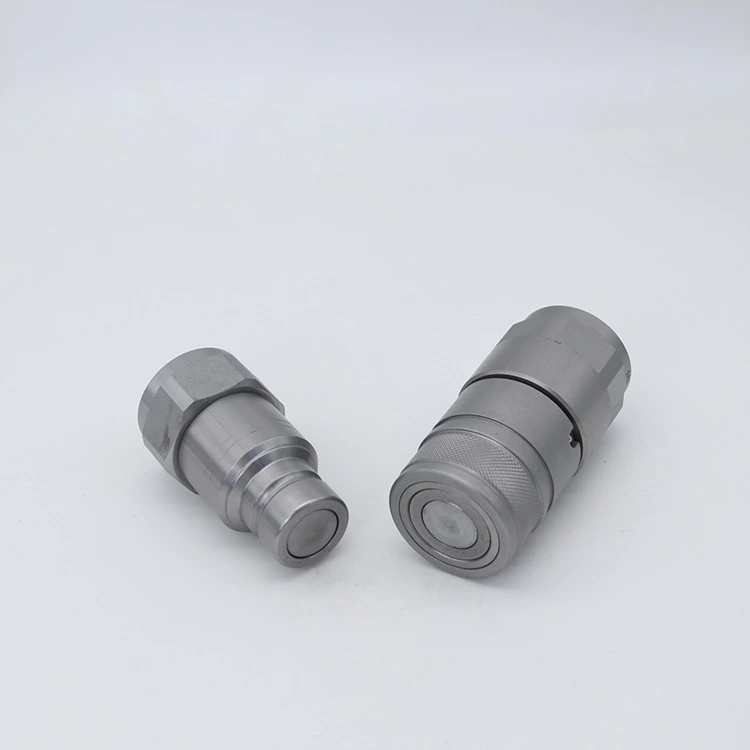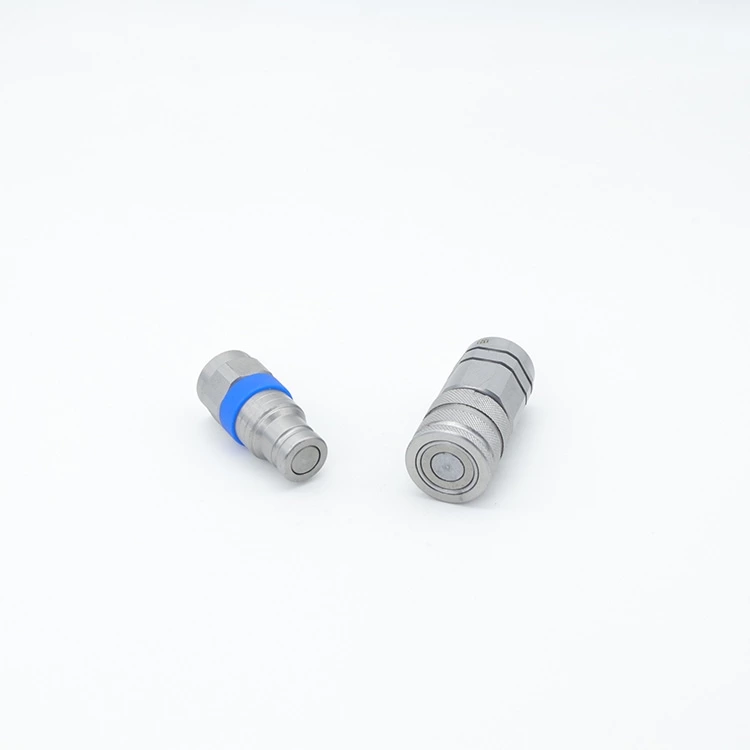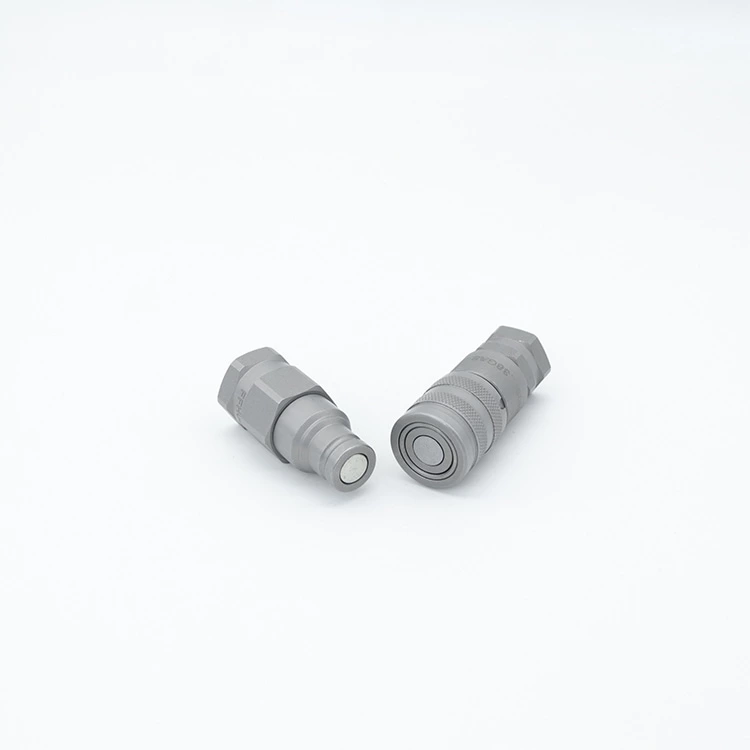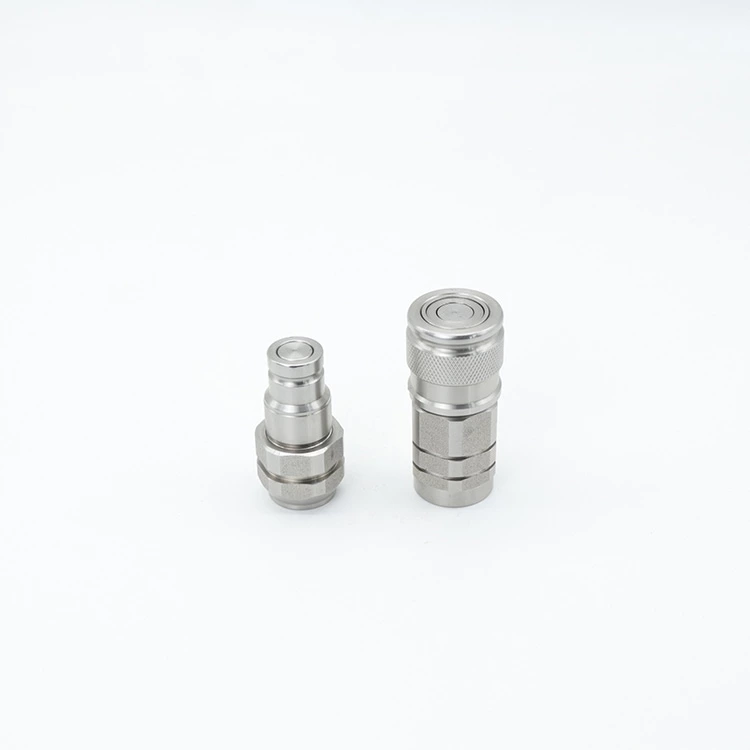Common Hydraulic Issues: Quick Coupler Leaks and Connection Difficulties
In hydraulic systems, quick couplers play a vital role in connecting fluid lines safely and efficiently. However, over time, users often face two common issues — oil leakage and connection difficulties. This article explores their root causes and offers effective solutions.
1. Common Causes of Leakage
Aging or damaged seals
O-rings and seals deteriorate under high temperature and pressure, losing elasticity and sealing performance.
Contaminated or scratched mating surfaces
Dirt, metal particles, or oil residue can damage the sealing surfaces and cause micro-leaks.
Residual pressure in the system
Forcing a connection while pressure remains in the hydraulic line can damage the seals or cause oil ejection.
Low-quality materials or poor machining
Inaccurate machining or poor plating may result in internal cracks and poor sealing.
2. Root Causes of Connection Difficulties
Connection under pressure
If pressure remains in the hydraulic circuit, the male and female couplers cannot connect smoothly.
Contamination or deformation
Debris or damaged valve components increase connection resistance.
Improper operation
Misalignment or excessive force during connection may damage the locking mechanism.
3. Effective Solutions
Regular inspection and seal replacement
Check and replace seals every 6–12 months, depending on usage and environment.
Maintain cleanliness
Clean both sides before connection and use dust caps when disconnected.
Release residual pressure
Always relieve system pressure before connecting, or use couplers with built-in pressure release.
Use high-quality flat-face couplers
Choose couplers with anti-corrosion coating, hardened surfaces, and advanced sealing technology.
Provide operator training
Proper training ensures consistent and safe operation.
Though small in size, hydraulic quick couplers have a big impact on system reliability, proper maintenance, cleanliness, and quality selection are key to preventing leaks and connection issues — ensuring smooth, safe, and efficient hydraulic performance.
For more details or tailored solutions, please get in touch with our technical team — we’re here to help you optimize your hydraulic systems for maximum reliability.




